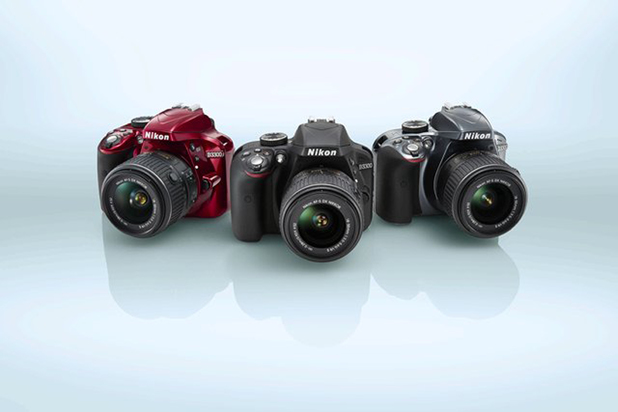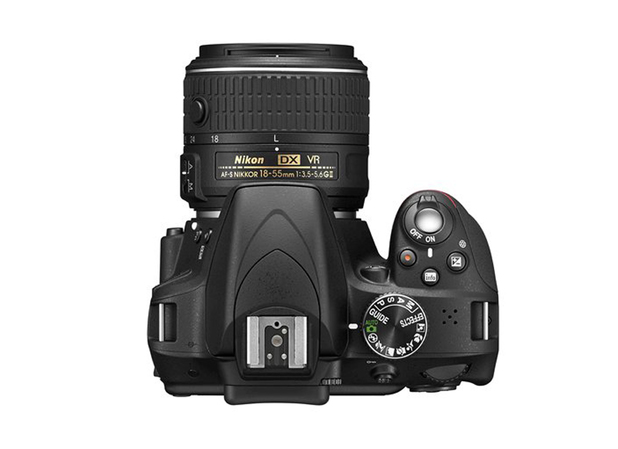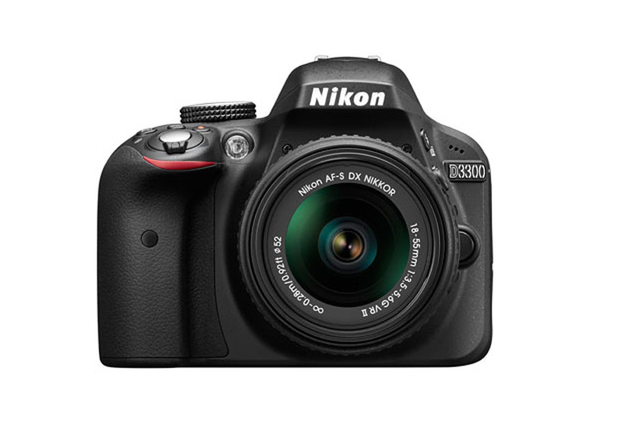A good photographer should never blame his camera. But there’s no denying a capable entry-level digital SLR will make a well composed shot look its best. Luckily for amateurs there are plenty of relatively affordable options out there that, in the right hands, can offer impressive results.
One example is Nikon‘s D3300, an entry-level camera meant to be for those who have caught the photography bug, which comes with a retractable 18 to 55mm VR II lens that can be swapped out for Nikkor interchangeable lenses and has a built-in flash. In short, it has everything to get you started.
Nikon D3300 vs Nikon D3200
The D3300 shares the same 24.2-megapixel count as its D3200 successor. The former, however, has a different sensor, a refined body with a chunkier grip, the new Expeed 4 image processor and no optical low-pass filter. Usually the removal of anti-aliasing is reserved for high-end cameras as it can increase the chance of moiré.

Benefits of the new Expeed 4 sensor include up to 5 frames per second capture instead of 4 and full 1080p video recording with continuous autofocus at 60 frames per second instead of 24 or 30.
Handling and control
At first touch ‘plastic fantastic’ seems an apt phrase. Spend a bit of time with the Nikon D3300, however, and you start to realize the 30% smaller and 25% lighter body and lens combination compared with the D3200, coupled with an ergonomic grip, make it a pleasure to hold. We had no issue holding the camera with one hand as we wondered about, which is more than can be said for most high-end digital SLRs.
Although the D3300’s lack of dials and button controls could be perceived as a negative, especially when the menu feels a bit clunky from time to time, keeping things simple helps the less experienced photographer learn the ropes. With that said, there is a wheel on the front that allows quick changes to certain camera settings depending on the shoot mode. In Aperture priority, for instance, you can quickly adjust the F number. This proved immensely handy.
The shutter noise is quiet and fires with a reassuring click sound, while the built-in flash that lies around a standard horse shoe (necessary for accessories such as a microphone) flicks up without fanfare. It feels well built and most of the buttons are sensibly laid out and easy to reach.

The view from the top of the D3300
The 18-55mm VR II lens is just as plasticy as the body, but it too does the job nicely. Zooming in and out is smooth and focussing is achieved quickly and accurately. Switching between auto and manual focus can be done via a button on the side of the lens, which saves going into the menu system. A side-loading SD card slot means you can swap cards even when the D3300 is mounted on a tripod.
One area where the D3300 excelled is autofocus speed. Although there were moments when the 11-point system struggled at distance, it was for the most part very quick and reliable, giving us the confidence to attempt shots of fast-moving subjects.
A highlight of the D3300 inherited from the D3200 is the Guide Mode, which offers up a step-by-step to getting the right settings for a particular shot. To access it simply requires you to turn the shoot mode dial to Guide and then, if necessary, use the menu button to toggle between the standard menu and Guide Mode. A useful addition for new users, it must be said.
Connectivity
Although there is no WiFi for transferring images over the air, the D3300 is pretty well equipped for its price. It has a dedicated 3.5mm jack, microphone port, HDMI and a standard horseshoe for accessories such as a different type of flash or microphone if you wanted to improve the sound quality of your videos.
Image quality
With a maximum aperture of 3.5 (with the VR II lens fitted) and 100 to 12,800 ISO range (25,600 when expanded), the Nikon D3300 is capable in low-light conditions. It can also deliver the odd bit of lovely bokeh (blurring behind the main subject) when it needs to, but not the same quality or level afforded by a prime lens.
The strength of the VR II lens is its versatility and we found it hard to fault. Images were, for the most part, detailed and colors were accurate. We found JPEG files exhibited a bit of softness, but nothing a spot of post-processing would struggle with. Unless you need to immediately share a photo, shooting RAW is a good habit to get into, anyway.
We found the battery life of the D3300 was impressive, coping with a day of heavy photo action without issue.
Those who like camera effects such as toy camera (AKA Tilt Shift) will find 13 to choose from. We really only ended up using pop, which increases color saturation, and black and white but there’s no harm in choice. There’s also a 180-degree panoramic option for some particularly creative shots.
Slow-operator
Our biggest gripe with the D3300 is playback. It seems to momentarily pause between each image in playback mode. In its defense this is a non-issue when viewing photos on a computer and we almost feel like we’re nitpicking, which is a sign of the camera’s prowess.

We also disliked the low-resolution 3-inch LCD display, which has the added negative of being fixed in one position and not a touchscreen. Cameras like the Sony NEX 5 and their tiltable, rotatable displays can prove handy for amateurs and professionals alike.
Still, the Live View system that lets you take a shot through the LCD alleviates the issue somewhat and there’s also the viewfinder, which is large, clear and helped us really nail down the composition of our shots.
Conclusion
Those looking to improve their photography with a proper digital SLR will find the Nikon D3300 a fine choice. It packs enough features to help an amateur dip their toe into uncharted waters without bamboozling, the autofocus is very snappy and the image quality is excellent, especially when you start to master the manual settings.
Arguably the older Nikon D3200, which is about £150 less, is almost as good and with the money saved you could get yourself a superior prime lens. But doing so would mean you lose the smaller, lighter body and retractable lens, which make the D3300 portable and a pleasure to use. If you can afford it and aren’t allergic to plastic, we doubt you will be disappointed.
